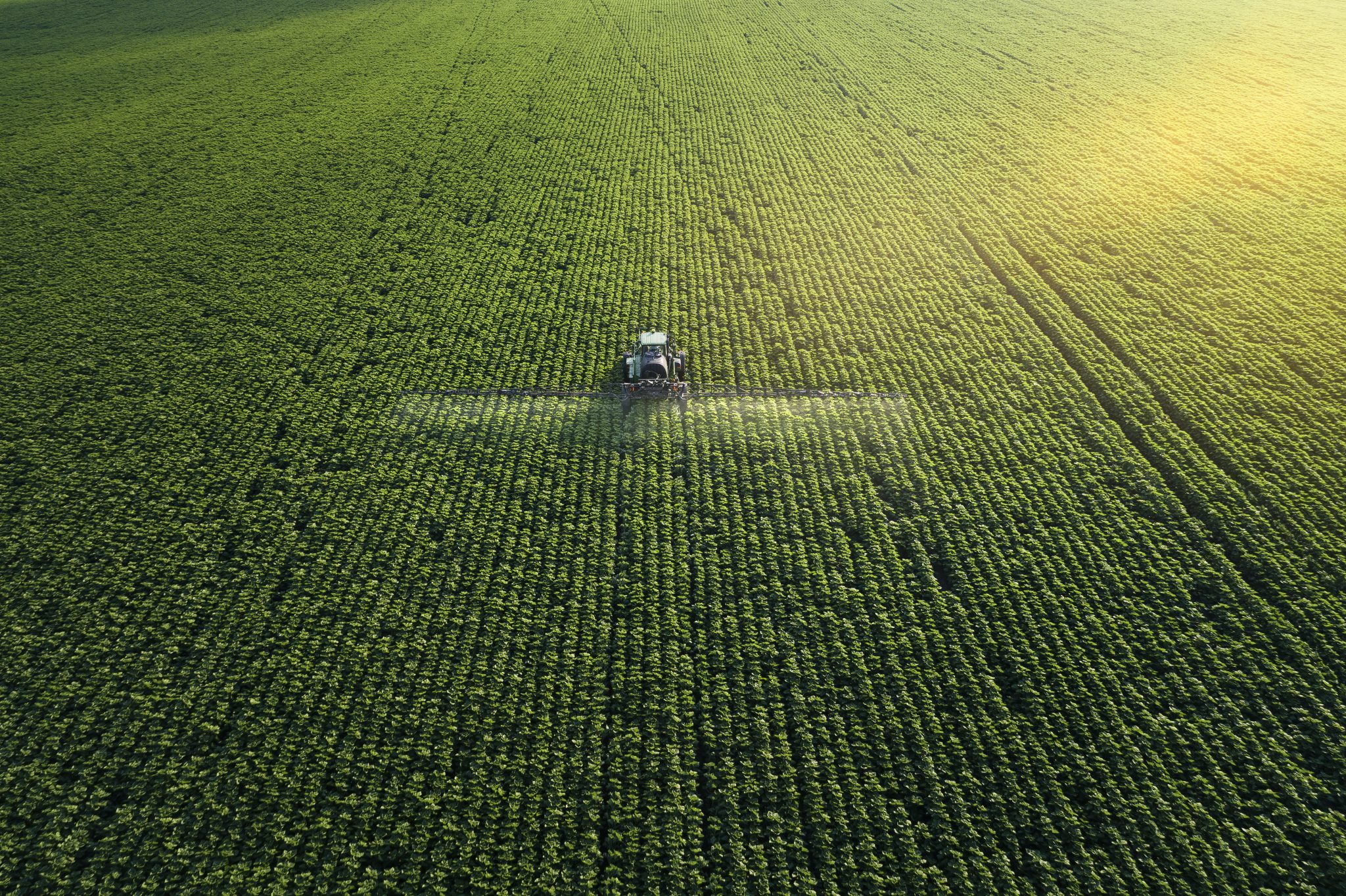The Carbon Initiatives program was designed to fill gaps in knowledge, deliver innovative and novel approaches to solvable problems and explore new market pathways for producers to collaborate on carbon projects.
Julian Hill, from Ternes Scientific, has been appointed as the Project Manager to oversee the roll out of AgriFutures Australia’s carbon initiatives program. In addition to managing the 15 projects, Julian will help connect the various projects to leverage new data, knowledge and approaches among the researchers, and engage with other private, government and industry-backed initiatives delivering important carbon research.
He’s had a long career in carbon and is confident this program will bridge critical gaps to enable the industry to embrace the opportunities in the carbon space.
Tell us about this $2m investment from AgriFutures Australia to find new ways to improve carbon storage and reduce greenhouse gas emissions in Australian agriculture.
The program will run until the end of December 2022, delivering some really clear outcomes to benefit farmers, fishers and foresters. These include innovative and novel solutions for carbon storage, market development pathways for producers and increasing alignment to of activities across the agriculture value chain in relation to efforts to reduce greenhouse gas emissions.
There are key strategic gaps in the carbon research portfolio, so this program has commissioned research to fill those knowledge gaps. There is a very strong emphasis on business practices, the way carbon markets work, and the way that financial markets may work in the future. The other aspect is trying to provide clear guidance for producers on what they can do to adopt new technologies in carbon abatement.
Once we fill the knowledge gaps, we will be better placed to help businesses and producers start to use and build carbon asset landscapes, which may include soil carbon, trees, and areas of land regeneration.
Primary producers are interested in learning more and understanding how they could participate in this space, but generally they don’t have all the information they need to feel confident about taking the next steps.
We’re hearing common questions from farmers, such as ‘I’ve got a landscape like this – how do I measure the soil carbon, what do I need to do?’ The research is targeted at answering those kinds of questions.









